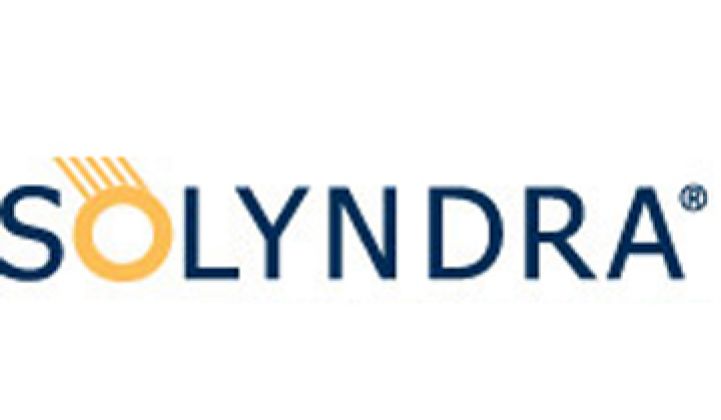Solyndra closed its doors today. The question now is whether it will be forever.
The Fremont, California-based manufacturer, which has suspended operations, makes one of the world’s most unusual and controversial solar panels: a tube-shaped module coated with copper indium gallium selenide (CIGS) solar cells that get mounted on relatively inexpensive aluminum frames. While the design arguably has some advantages in terms of inexpensive installation and light weight, the modules also remain more expensive than conventional crystalline silicon solar panels.
Will other solar manufacturers, or even large IT companies like Samsung that are moving into solar, want to buy all or part of the company?
It will be a tough sell, according to Shyam Mehta, senior solar analyst at GTM Research. Solyndra’s panels cost $2 a watt to produce. Chinese crystalline solar module makers currently can pop out modules for $1.10 a watt and the price continues to go down. Modules on the spot market currently sell for $1.15 to $1.20 per watt.
Even if one factors in Solyndra’s touted lower installation costs, the price delta is likely too big.
“They [Solyndra] are still selling modules at below market prices to generate sales,” he said.
The factory also won’t have much value for other manufacturers.
“The lasers, the furnaces -- everything is custom built. Unless you want to make the same form factor, you have to rip everything out,” said Alain Harrus, a partner at Crosslink Capital. “The factory is absolutely beautiful. The problem is that the costs of manufacturing are too high. They got caught by China Inc.”
Any potential acquirer would also inherit a titanic-sized bookkeeping and public relations headache. Solyndra has received more than $1 billion from VC partners and over $535 million in loan guarantees from the Department of Energy. Congressional opponents of green policies like Michigan Congressional Representative Fred Upton regularly hold up Solyndra as an example of why the U.S. shouldn’t support green energy policies.
The only green jobs that have been created, one wag told me today, have been ones for accountants and bankruptcy attorneys.
But what about the intellectual property? That could have some appeal. Solyndra, after all, does have some interesting technologies. The tube-shaped modules can harvest more light in the morning and in the afternoon compared to regular modules. The lighter weight makes them a good fit for flat membrane roofs, the kind you see decorating the Wal-Marts of the world. Because they also let sunlight through, greenhouses in Italy have adopted them.
In the U.S., a tax code wrinkle lets building owners get credits for new roofs when installing Solyndra panels.
The prices are also coming down. "From Q4 2009 to Q4 2010, we cut cost in half, and in the next year, we'll cut it almost in half again,” CEO Brian Harrison told us back in March.
Solyndra’s goal has been to get to an all-in cost of around $2 a watt, with the manufacturing cost for modules declining to $1.30 a watt, by late 2012. That’s high, but arguably not horrendous either. Balance-of-system costs now account for just over half of the cost of a regular solar installation. If Chinese module makers are selling their products for $1.10 a watt, that means that bargain-basement solar arrays cost $2.20 to build, and in reality, most cost more.
Factor in a 10 percent discount and the industry should be at an all-in cost of just under $2 by this time next year, or about the same level. Granted, Solyndra hasn’t shown it can pull this off, but in theory, it's interesting.
Cumulatively, the company has garnered over $300 million in revenue. Around 750,000 Solyndra modules that can generate 100 megawatts have been planted in the ground, executive vice president of operations and engineering Ben Bierman told us in July. Solyndra was planning to start producing 3 megawatts of panels per week in September.
Mehta speculated that a giant like TSMC or Samsung could pick up the IP, tinker with it, and then try to come out with panels in a few years. These companies are experts at low-cost mass manufacturing. Both are also interested in solar. TSMC has licensed CIGS know-how from Stion and plans to produce CIGS modules. Samsung has said it wants to be one of the largest solar manufacturers in the world by 2015.
LG has similar plans. If anyone can bring down the price of these modules, it would be companies like this, particularly if they don’t have to worry about paying off the factory in Fremont.
A hundred million dollars does not represent a massive investment at these companies.
“There is always value in the IP,” added Harrus. Nonetheless, history also shows that achieving a decent price for IP can be tricky. Some of Solyndra’s IP comes from NREL.
And there is always China looming in the background.



